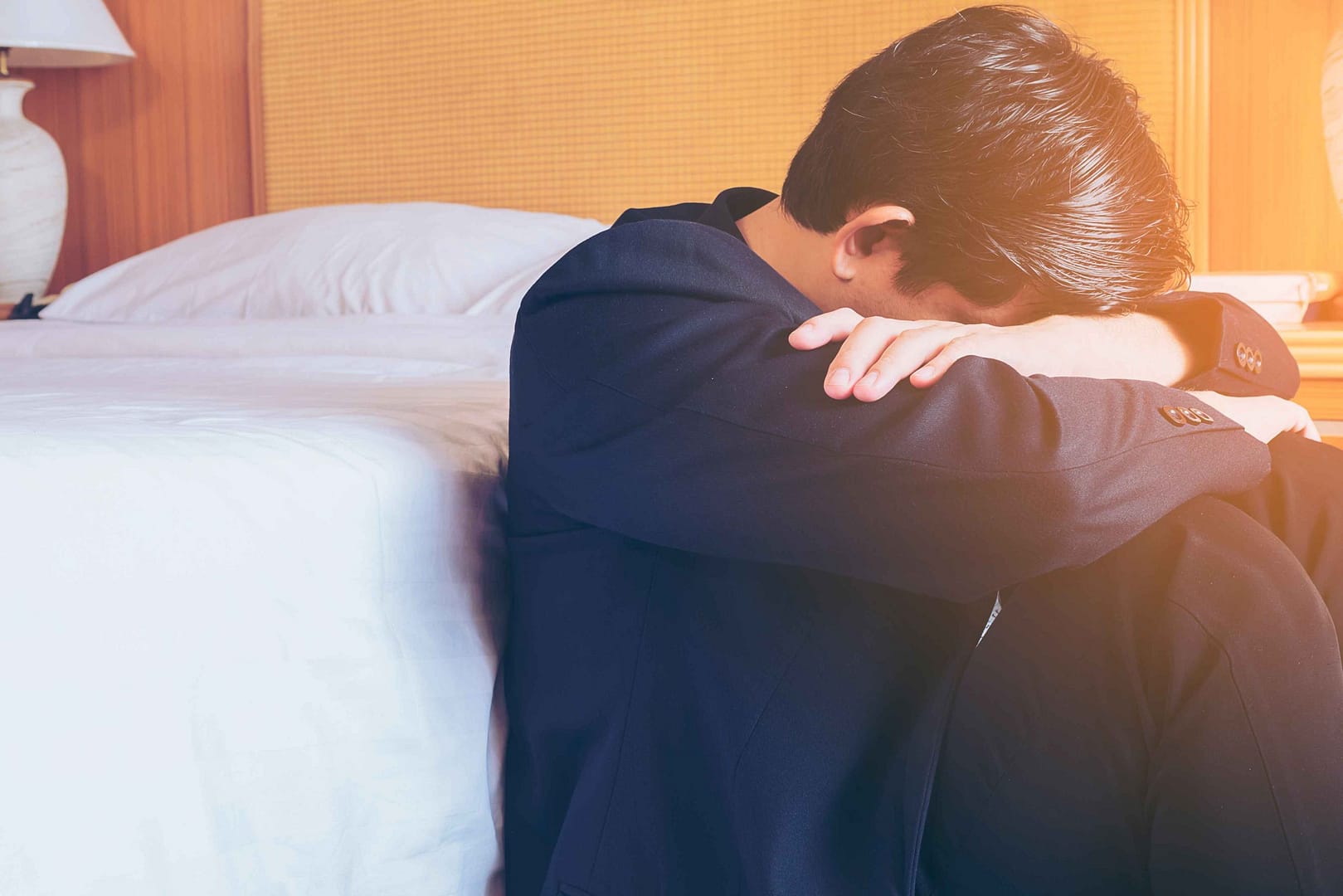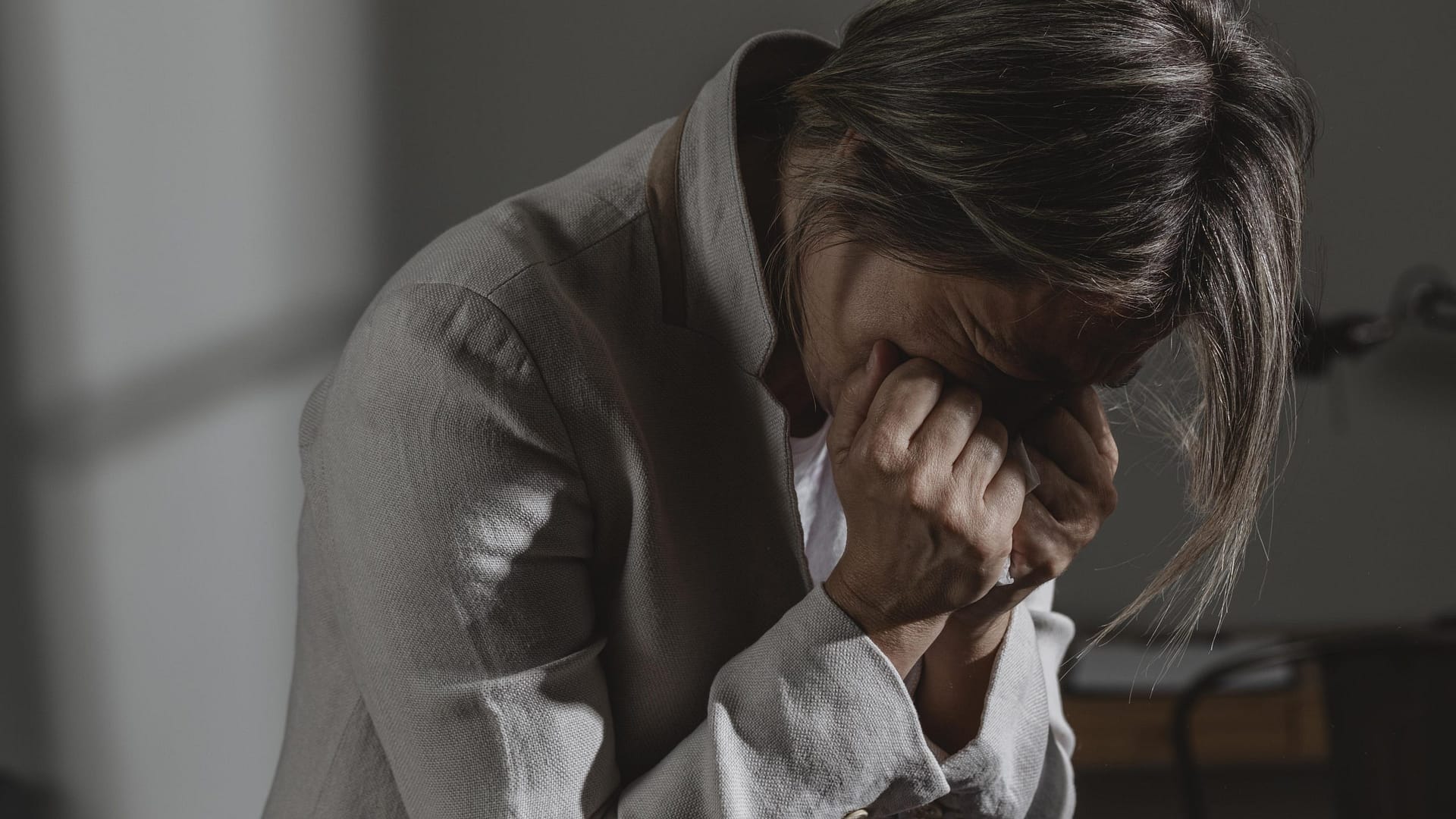Intrusive thoughts can be in the form of replaying an embarrassing moment over and over or constant worry about germs that may disrupt daily life, indicating Obsessive-Compulsive Disorder (OCD). OCD involves unwelcome thoughts which will not go away, and rituals carried out to decrease the anxiety aroused by such obsessions. Obsessive Compulsive Disorder( OCD) is a well-known mental illness, but it does not represent the only mental disorder where intrusive thoughts occur.
Moreover, diagnoses and treatments are complicated by many other disorders having similar symptoms. What is important to grasp here is the breadth and depth of these symptoms to get help from professionals like an OCD therapist in New York who deal with this complexity every day.
Understanding Intrusive Thoughts
Intrusive thoughts are unpleasant, disturbing, often repetitive thoughts that may suddenly intrude upon one’s awareness, creating significant distress. However, experiencing such intrusive ideas alone doesn’t necessarily mean someone has a mental illness because they are pretty common among all people.
However, persistent and distressing obsessions may indicate something more serious. These are not just annoying ideas; they tend to be overwhelming and sometimes unreasonable, leading them to feel forced to do specific things that will help ease their stress.
Distinguishing between mere intrusive thoughts and obsessions is crucial, especially in conditions like obsessive-compulsive disorder (OCD). Obsessions are marked by persistent, distressing thoughts intertwined with uncertainty, driving compulsive behaviors that disrupt daily life and require professional intervention.
Exploring OCD-Similar Disorders
Various conditions similar to OCD have numerous forms that manifest intrusive thoughts differently and affect individuals in different ways:
Generalized Anxiety Disorder (GAD): Characterized by excess and uncontrollable anxiety about everything, including personal health, work, and everyday routine events. The intrusive thoughts in GAD often involve imagined worst-case scenarios and unending fear.
Body Dysmorphic Disorder (BDD): This is characterized by concern with one or more perceived flaws in physical appearance, which may be minor or not observable to others. These intruding thoughts could lead to excessive grooming, skin picking, and multiple cosmetic procedures.
Post-Traumatic Stress Disorder (PTSD): This is marked by intrusive memories, flashbacks, and nightmares related to a traumatic event. But these intruding thoughts are intense, vivid, and feel like the actual traumatic event happening again.
Trichotillomania (Hair-Pulling Disorder): This is characterized by repetitive hair-pulling set off by mounting tensions followed by a sense of release after the act is done.
These disorders show how diverse intrusive thoughts can be across different disorders, thus requiring individualized approaches from psychotherapists in NYC or other mental health professionals with such expertise.
When Intrusive Thoughts Become Disabling?
Intrusive thoughts, a common mental occurrence, can escalate into a symptomatic disorder when they become frequent, distressing, or interfere with daily life. Recognizing this shift is crucial in understanding when these thoughts may develop into pathological conditions.
For instance, when someone repeatedly checks the clock and ends up late every time, or avoids crowded places due to an overwhelming fear of germs, these behaviors go beyond normal intrusive thoughts and signal a deeper issue. Such disruptions can manifest in strained relationships, decreased work productivity, and poor personal well-being.
In these cases, seeking professional help is essential. Psychotherapy in NYC can provide a diagnosis and effective strategies for managing, minimizing, and coping with these thoughts, ultimately leading to an improved quality of life.
Breaking Free from Intrusive Thoughts
Diverse treatment strategies are needed for breaking free from obsessions, particularly in obsessive-compulsive disorder and related disorders. Specifically, Cognitive Behavior Therapy (CBT) is a widely used approach that aims to identify and modify unhealthy thoughts and actions. By restructuring such thoughts, people can reduce the impact of these unwanted thoughts on their lives.
Acceptance and Commitment Therapy (ACT) is another valuable method. ACT emphasizes accepting intrusive thoughts rather than trying to control or avoid them. This approach encourages individuals to commit to actions aligned with their values, despite the presence of distressing thoughts.
Exposure and Response Prevention (ERP) is another helpful technique for OCD. For instance, this method requires gradually exposing individuals to what they dread most without letting them engage in their usual activities. This allows sufferers to slowly decrease the anxiety caused by stressors.
Additionally, medication might be used alongside therapy for enhanced symptom control. Integrating self-care techniques like relaxation and mindfulness, along with regular physical activity, can significantly improve therapy outcomes. These practices build resilience against stress and reduce the influence of intrusive thoughts.
FAQs About OCD and Similar Disorders
Q1. Do intrusive thoughts mean you have OCD?
OCD does not come into play in the sense that it should be a must if one has such kinds of thoughts. They are things that occasionally happen to people. In case the obsessions are recurring and upsetting and they force people to go on with repetitive actions to suppress their anxiety, then it could be OCD or a related disorder.
Q2. How different is OCD from related disorders?
Though both conditions exhibit signs of intrusive contemplation, they are different about the centeredness of these ideas and how much outlandish responses prompt this mental state. Psychotherapist can only make an accurate diagnosis
Q3. What are some other common OCD-like disorders?
Alongside obsessive-compulsive disorder (OCD), several other disorders share its symptomatology, including Generalized Anxiety Disorder (excessive worry), Body Dysmorphic Disorder (preoccupation with flaws), and Post-Traumatic Stress Disorder (intrusive memories of trauma).
Q4: When do I need help with intrusive thoughts?
If they become overwhelmed, take up a lot of time, cause a lot of distress, or interrupt daily tasks, it is necessary to quickly find help from any mental health counselor in New York City. Treating this condition early on might lead to better future results.
Moving Forward by Understanding
Intrusive thoughts, however, are not always associated with mental illness. However, when they become persistent and disruptive, it could be a sign of underlying disorders such as OCD. Treatment options like CBT, ERP, and medication are effective in managing these types of thinking.
Remember, you aren’t alone; these conditions can be managed with the proper support from OCD specialists in NYC. Don’t give up because there is hope and possibility for change that will enable those affected by this condition to regain control over their lives and live happily ever after.






